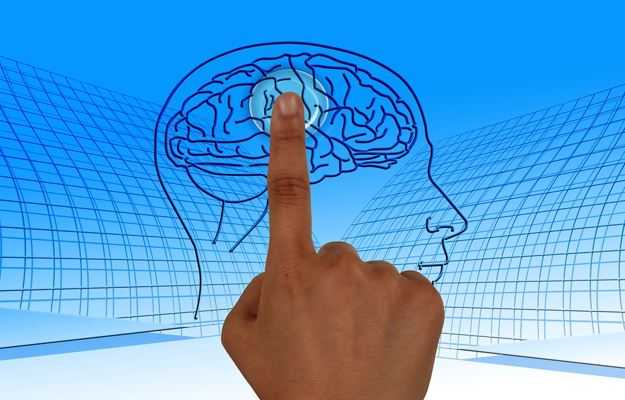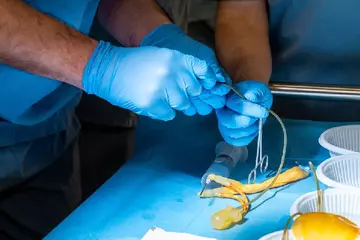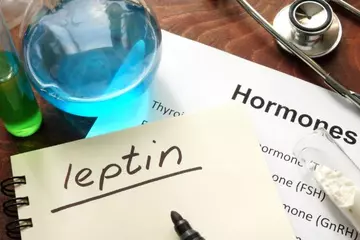What is GBM?
Glioblastoma multiforme (GBM) refers to a malignant (cancerous), aggressive (fast-growing) tumour of the brain and the spinal cord. This type of tumour is formed from the glial tissue, a kind of connective tissue, found in the brain and the spinal cord.
What are its main signs and symptoms?
As the tumour grows, it can have a severe impact on the functioning of the nervous system. The symptoms of GBM may include:
- Difficulty in remembering events or recalling them (Read more: Memory loss causes)
- Emotional instability
- Involuntary movements
- Vision difficulties
- Hearing problems
- Speech difficulties
- Seizures
- Frequent mood changes
- Nausea and vomiting
- Frequent and severe headaches
What are its main causes?
The primary cause of GBM is not known. However, studies are being conducted to understand the influence of various factors such as environment, genetics, and occupational hazards in the development of GBM.
How is it diagnosed and treated?
The diagnosis will begin by evaluating the symptoms of the patient via a physical examination. The doctor will also inquire about the medical history of the patient and their family
A neurological examination is performed to assess:
- Reflexes
- Coordination
- Pain response
- Muscular strength
After the initial assessment of the symptoms, the doctor will also conduct imaging tests such as magnetic resonance imaging (MRI), computed tomography (CT), and positron emission tomography (PET) scan to obtain images of the brain and detect any signs of swelling or abnormal growth.
Biopsy (testing of brain tissue) may be done to confirm the diagnoses of GBM.
There is no available cure for GBM at the moment. The treatment aims to reduce the severity of the symptoms and prolong patient survival.
There are 3 main courses of treatment which are as follows:
- Radiation therapy: Radiation therapy is used for destroying the tumour cells and preventing any damage to the surrounding tissues. This therapy helps in inhibiting the growth of the tumour.
- Chemotherapy: Chemotherapy makes use of drugs which prevent the cancer cells from multiplying. These drugs may be administered orally or through injections. Chemotherapy drugs can produce side effects like nausea and vomiting.
- Surgery: This involves the removal of the cancerous tissue from the brain and may be performed in combination with chemotherapy and radiation therapy.
















